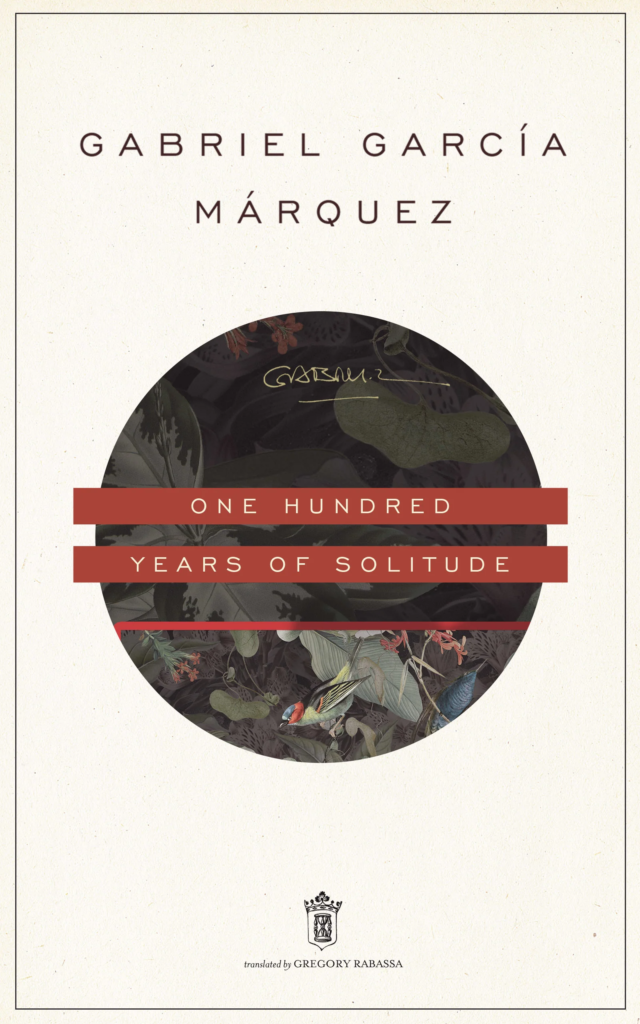A Century of Solitude: A Cosmic Tapestry of Fate and Decay

The Buendía Family: A Microcosm of Destiny
Gabriel García Márquez’s One Hundred Years of Solitude is a sprawling epic that chronicles the lives of the Buendía family and their isolated town, Macondo. The novel’s narrative structure, marked by cyclical patterns and recurring names, suggests a predetermined fate for the family. Their ambitious dreams of progress often collide with tragic consequences, mirroring the broader human condition.
Macondo: A Metamorphosis of a Microcosm
Macondo, the novel’s setting, undergoes a profound transformation from an idyllic paradise to a corrupted, decaying town. This metamorphosis serves as a microcosm of Latin America’s historical trajectory, marked by external exploitation and internal decline. Márquez’s portrayal of Macondo is a powerful indictment of these forces.
Magical Realism: Unraveling Reality
The novel’s use of magical realism is central to its impact. By blending the fantastic with the ordinary, Márquez creates a world where the laws of nature seem to bend. These surreal elements are not mere embellishments but serve as metaphors for the inexplicable forces shaping human existence.
Solitude: A Pervasive Theme
Beneath the novel’s vibrant surface lies a profound exploration of solitude. The characters, despite their interconnectedness, are often isolated and trapped in their own private worlds. This theme is amplified by the town’s gradual isolation and the Buendías’ cyclical repetition of mistakes.
A Tapestry of Time and Fate
One Hundred Years of Solitude is a rich tapestry that intertwines the personal and the historical. It is a tale of a family, a town, and a nation, but it is also a universal exploration of the human condition, marked by ambition, despair, and the relentless march of time. Márquez’s masterpiece continues to resonate with readers, inviting contemplation on the complexities of existence.
The novel’s conclusion, with its apocalyptic imagery and the dissolution of Macondo, is a stark reminder of the cyclical nature of history. The final line, “like those first afternoons,” echoes the novel’s beginning, suggesting a perpetual recurrence of events. Yet, amidst this cyclical despair, there is a glimmer of hope. The discovery of the magical qualities of ice, a symbol of purity and renewal, hints at the possibility of transcendence beyond the confines of fate.
Ultimately, One Hundred Years of Solitude is a complex and multifaceted work that defies easy categorization. It is a historical epic, a family saga, a philosophical inquiry, and a magical realist masterpiece. Márquez’s creation of Macondo and the Buendía family is a testament to his literary genius, a world that continues to captivate and inspire readers decades after its publication.




















